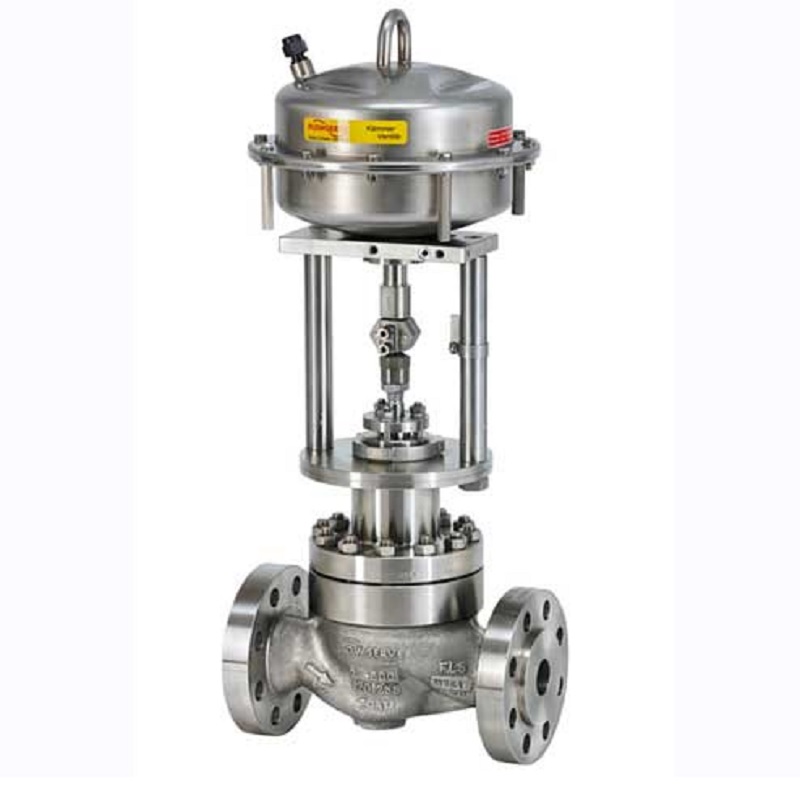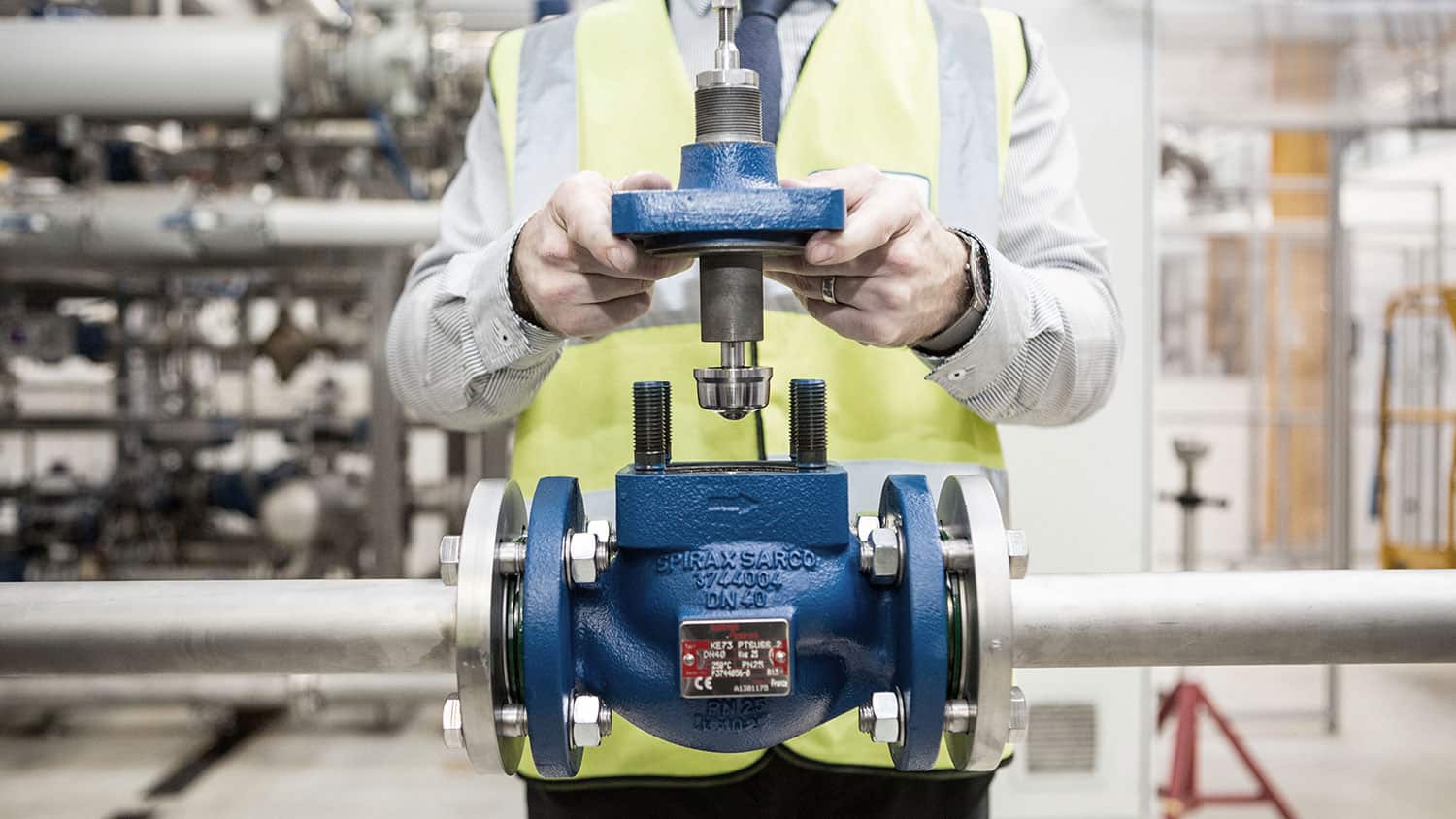Cutting-edge Control Valves: Enhancing Accuracy and Reliability
Cutting-edge Control Valves: Enhancing Accuracy and Reliability
Blog Article
Achieve Seamless Assimilation and Control With High Quality Building Automation Controls
In the world of modern building management, the relevance of quality building automation controls can not be overemphasized. As technology proceeds to advance, the assimilation and control of numerous systems within a building have evolved to be much more efficient and sophisticated. The smooth procedure and monitoring of lighting, HEATING AND COOLING, security, and various other structure functions have actually become extremely important for boosting resident comfort, energy effectiveness, and general functional performance. Nonetheless, the journey towards achieving true combination and control is a diverse one, with factors to consider ranging from system compatibility to cybersecurity. Embracing top quality structure automation controls is not just an issue of ease yet a strategic necessary for companies aiming to optimize their centers' efficiency and sustainability.

Development of Structure Automation Controls
Throughout the previous couple of decades, the evolution of developing automation controls has actually dramatically transformed the means buildings are taken care of and run. Constructing automation systems largely focused on standard functions such as managing air, heating, and air flow conditioning (HEATING AND COOLING) systems. However, as innovation progressed, these controls have actually ended up being more innovative, enabling a wider variety of building systems to be incorporated and handled centrally.
The development of constructing automation controls has seen a shift in the direction of even more intelligent systems that can adapt to altering problems in real-time. This adaptability is critical for optimizing energy performance and ensuring owner convenience. In addition, modern building automation controls now provide attributes such as anticipating upkeep, remote surveillance, and information analytics, enabling facility managers to make data-driven decisions to enhance building performance.

Benefits of High Quality Integration
The innovation in structure automation regulates towards more smart systems has underscored the significant benefits of top quality assimilation in maximizing structure procedures and boosting general performance. Quality combination of developing automation controls supplies a number of essential benefits. First of all, it causes enhanced power efficiency by allowing various systems to interact seamlessly, guaranteeing optimal performance and minimizing power waste. Secondly, top quality combination boosts resident convenience and productivity by making it possible for customized control over ecological settings like lighting, temperature level, and air top quality. This customization can lead to an extra helpful and comfortable working or living setting. In addition, quality combination simplifies maintenance and troubleshooting processes, as all systems are adjoined and can be kept track of and regulated from a centralized user interface. This centralized control likewise provides much better presence and understandings into structure efficiency, enabling proactive upkeep and optimization strategies. Generally, the benefits of quality assimilation in building automation controls are indisputable, offering raised efficiency, convenience, and functional effectiveness.
Boosted User Experience and Availability
Enhancing user communication with building automation regulates with instinctive design and improved access boosts the overall experience for residents and facility managers alike. By concentrating on my latest blog post user experience, developing automation systems can become more straightforward and efficient. Intuitive interfaces, clear navigating, and personalized setups empower customers to interact with the controls quickly and efficiently.
Access functions play a critical role in ensuring that all people, including those with specials needs, can make use of the structure automation manages effortlessly. Including functions such as voice commands, tactile buttons, and color-contrasted screens can boost accessibility and make the controls much more inclusive.
In addition, improved individual experience results in greater user satisfaction, increased efficiency, and far better decision-making. Owners can change ecological setups according to their choices, while center supervisors can successfully handle and monitor structure systems - control valves. Overall, prioritizing user experience and access in building automation regulates contributes to an extra seamless and effective building atmosphere for all stakeholders involved
Sustainable Practices With Automation

In addition, automation can help with the combination of renewable resource sources such as photovoltaic panels or wind generators into building procedures. By immediately changing energy usage based upon the schedule of renewable power, structures can additionally minimize their dependence on non-renewable sources. This seamless combination of lasting techniques not just profits the environment yet additionally boosts the general operational effectiveness and cost-effectiveness of the structure. Through automation, structures can align with contemporary sustainability objectives and add to a greener future.
Future Trends in Building Control Systems
One famous fad shaping the future of building control systems web link is the enhanced integration of Artificial Intelligence (AI) and machine learning. Additionally, the Internet of Points (IoT) is changing structure control systems by connecting devices and sensors to enhance and improve operations efficiency.
An additional essential pattern is the emphasis on cybersecurity measures to safeguard versus prospective threats to constructing automation systems. As structures become much more interconnected, guaranteeing durable cybersecurity procedures will be vital to protect sensitive information and protect against unapproved accessibility.
Furthermore, the change in the direction of cloud-based systems is acquiring momentum, enabling systematized control and remote access to structure systems. This assists in simpler monitoring, upkeep, and updates, boosting the total performance and adaptability of building control systems. As innovation remains to advance, these fads are expected to form the future landscape of structure automation controls, driving technology and sustainability in the built atmosphere.
Conclusion
In final thought, building automation controls have actually advanced substantially, supplying many advantages such as improved customer experience, availability, and lasting methods. Quality integration plays a key function in attaining smooth control and efficient operation of structure systems. Future fads in structure control systems are most likely to concentrate on more improving automation abilities for boosted energy performance and overall performance. It is essential for building owners and drivers to focus on the fostering of high quality building automation controls to optimize building operations and achieve long-lasting sustainability objectives.
In the realm of modern-day structure management, the relevance of top quality building automation controls can not be overstated. Overall, the evolution of structure automation controls continues to drive development in the building monitoring industry, providing brand-new possibilities for developing smarter and more lasting structures.
The advancement in building automation manages towards more smart systems has highlighted the significant benefits of high quality assimilation in enhancing building operations Our site and enhancing overall efficiency. Generally, focusing on customer experience and accessibility in structure automation controls adds to an extra efficient and seamless building environment for all stakeholders involved.
It is vital for structure proprietors and operators to focus on the fostering of high quality building automation controls to enhance structure operations and achieve long-lasting sustainability objectives. - control valves
Report this page